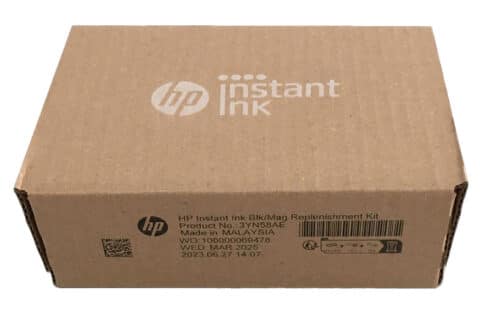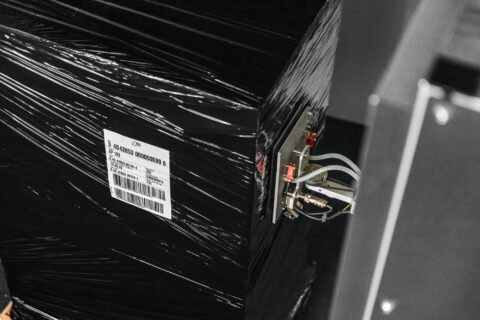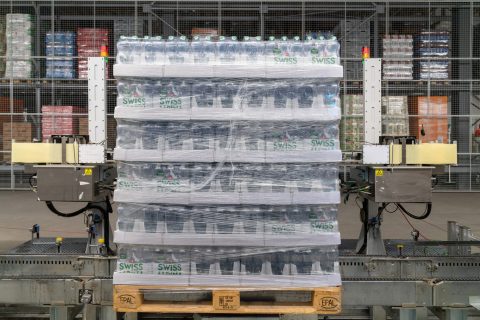In the realm of warehouse management, product traceability assumes a pivotal role. This process involves meticulously tracking a product as it journeys through various phases, from raw material procurement to final delivery to the customer. Within the warehouse setting, product traceability proves indispensable for upholding quality assurance, safety, and compliance with legal mandates. One effective method for achieving this level of traceability is through the implementation of labeling and marking systems.
Labeling and Marking Systems

- Labeling and marking systems are used to track products in a warehouse and ensure product traceability.
- These systems involve labeling products with unique identifiers, such as barcodes or RFID labels, that can be scanned or read to track the product’s location and movement within the warehouse.
- The labeling and marking systems can also include information about the product, such as its origin, expiration date, and other relevant details useful for the traceability.
Benefits of Labeling and Marking Systems
- Implementing labeling and marking systems in a warehouse can have multiple benefits, including improved accuracy, efficiency, and productivity.
- These systems can help reduce errors, optimize production lines, and improve considerably the inventory management.
Types of Labeling and Marking Systems

There are several types of labeling and marking systems that can be used in a warehouse, including barcode labeling, RFID tagging, and direct part marking.
- Barcode labeling involves printing a barcode on a label and attaching it to the product. The barcode can be scanned to track the product’s location and movement within the warehouse.
- RFID tagging involves attaching an RFID label to the product, which can be read by an RFID reader to track the product’s location and movement within the warehouse.
- Direct part marking involves marking the product with a unique identifier, such as a serial number or barcode, using an inkjet printer or other marking technology.
Traceability Requirements for warehouse management
- Labeling and marking systems should be designed to ensure product traceability throughout the warehouse and beyond.
- This includes tracking the location of the product, as well as any handling or processing that it has undergone.
Warehouse management summed up
To sum up, labeling and marking systems stand as an integral component in achieving product traceability within the warehouse context. These systems are characterized by their ability to label products with distinctive identifiers such as barcodes or RFID labels, which can be effortlessly scanned or read to monitor the product’s location and its movements within the warehouse. The deployment of labeling and marking systems yields a multitude of benefits, including heightened precision, increased efficiency, and enhanced productivity.
Want to know more? Contact Us!
If you need consultation or support in choosing the most suitable identification system for your warehouse management, please contact the professionals at Weber Marking Systems at www.weber-marking.com


















